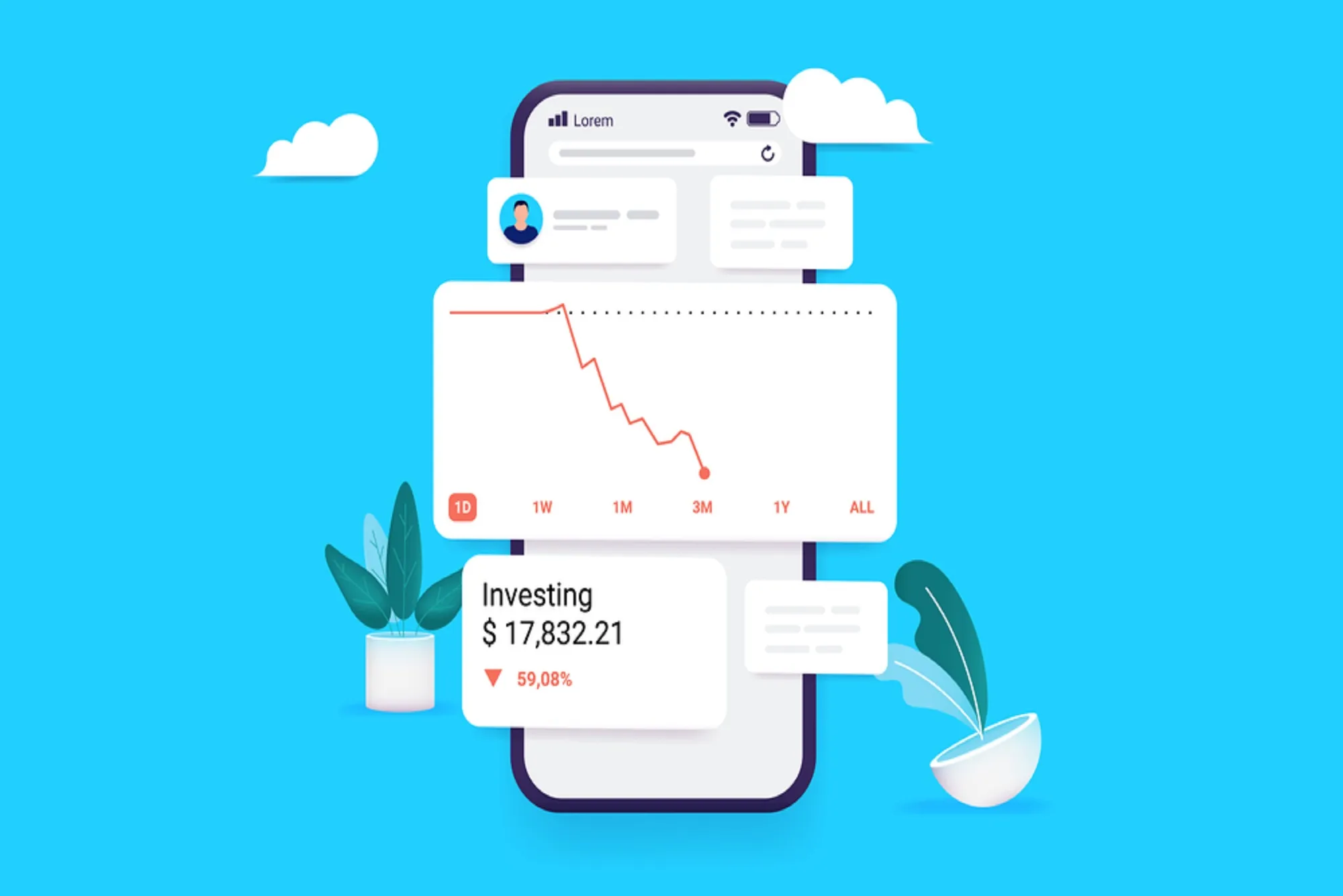You’ve hired a mobile app development company, the wireframes are sharp, features are functional, and your app is finally live. Big moment, right? But here’s the truth most businesses don’t want to hear: publishing your app is only step one.
Now the real work begins.
What Happens After the Launch?
You breathe a sigh of relief. The app’s out in the wild. But users start leaving feedback. One says it’s buggy on an older iPhone. Another wants dark mode. Your dev team is busy, and updates are slow to roll out. Frustration builds.
This is exactly why mobile app maintenance services from a reputable mobile app development company in Saudi Arabia aren’t optional—they’re essential. Regular upkeep isn’t just about fixing things; it’s about staying relevant, useful, and trustworthy.
Why Businesses Lose Users, Fast

Let’s be honest. People don’t stick around for average digital experiences anymore. Attention spans are short. Expectations? Sky-high.
When users delete an app, it’s usually for reasons like:
- It crashes or freezes
- It’s slow to load
- Features feel outdated
- It’s no longer compatible with newer devices
- Privacy concerns due to lack of updates
Sound familiar? The biggest mistake businesses make is treating apps like one-off projects. Build it, launch it, leave it. That mindset guarantees a short shelf life.
Think of Your App Like a Living Product
An app isn’t a one-and-done investment—it’s a living tool. Just like a storefront needs cleaning, staff training, and seasonal updates, apps demand attention to keep them working right.
Some things that should be on your post-launch checklist:
- Security patches and compliance updates
- Performance checks (crash logs, load times, responsiveness)
- UI tweaks based on user behavior
- Compatibility with the latest OS versions
- New feature rollouts or third-party integrations
And let’s not forget testing. Always test before releasing anything new. You’re protecting both your users and your reputation.
The Real Cost of Doing Nothing
Here’s the tough love: neglect comes with a price.
Letting your app rot on the App Store can cost you:
- Revenue – Abandoned carts and broken features directly impact sales.
- Brand trust – Users associate a buggy app with a sloppy business.
- Search visibility – App stores prioritize apps that are active and maintained.
Worse, if your app gets pulled from stores due to security concerns or compatibility issues, rebuilding from scratch will be far more expensive than regular upkeep.
Long-Term Wins Come From Staying In the Loop
Apps that thrive? They evolve. Think of your favorite apps. Chances are, they weren’t perfect when you first downloaded them, but they got better.
Here’s how successful businesses stay ahead:
- Listen constantly – Read reviews, respond to them, track in-app behavior.
- Schedule monthly reviews – Not every update needs to be huge. Small improvements go a long way.
- Set a feedback loop – Ask users directly what they want to see improved or added.
This process doesn’t just protect your product; it gives your users a reason to come back.
Big Brands Do It, But So Can Small Ones
Sure, tech giants release updates every few weeks. But small businesses can do this too—just at a manageable scale.
Let’s say you run a local restaurant app:
- Add seasonal menu items
- Push updates during holidays for promotions
- Fix order flow bugs quickly
- Reward frequent users with small loyalty bonuses
None of this is rocket science. It’s responsiveness. And your customers will notice.
What Maintenance Actually Looks Like (Without the Fluff)
Maintenance isn’t all glamorous—but it’s powerful.
Here’s what a good support cycle usually includes:
- Weekly check-ins: For performance stats, logs, and error reports
- Monthly updates: For bug fixes, UI improvements, and new requests
- Quarterly reviews: To align the app with business goals and adjust accordingly
- Annual audits: To upgrade the tech stack, review architecture, and plan ahead
That rhythm keeps your app relevant and your users happy.
Don’t Outsource and Forget, Stay Engaged
If you’re working with developers or agencies, make sure they’re not treating your app like just another task in the queue. You want a partner that brings ideas, flags risks, and keeps an eye on evolving tech trends.
Ask them questions like:
- Are we tracking crashes and fixing them quickly?
- What user feedback are we hearing most?
- Are we still secure and compliant?
- What’s planned for the next update?
You’re not micromanaging, you’re staying connected to your product.
Looking Ahead
Technology won’t stand still. New devices, user habits, and platforms are coming whether you like it or not. The businesses that thrive? They’re the ones who adapt.
It’s not about being the flashiest app on the market. It’s about being the most reliable one. The app people return to because it works, feels good, and grows with their needs.
TL;DR: A Quick Recap
- Launching an app is just the beginning.
- Users expect updates, improvements, and bug fixes—regularly.
- Maintenance protects your brand, your revenue, and your users.
- Even small updates can drive huge engagement and retention.
- Stay involved. Don’t ghost your product.
Final thought: You don’t need to do everything today. But you do need to keep showing up. That consistency? It’s what separates apps that fade out from the ones that become a part of people’s daily lives.
About the Author
Fazal Mahmood writes about technology with a human-first lens. With hands-on experience in mobile solutions and product lifecycles, he’s spent years helping businesses build apps that people actually use—and keep using. Fazal believes good tech doesn’t shout; it works quietly in the background, solving problems and earning trust. Outside of work, he’s usually testing new apps, reading user feedback, or having conversations about where digital products fall short, and how to fix them.



